Assassinated: Abraham Lincoln (1865)

Lincoln, the 16th president, was assassinated by John Wilkes Booth, a Confederate sympathizer, at Ford's Theatre in Washington, D.C. Booth, along with a group of conspirators, wanted to revive the Confederacy and believed that Lincoln's death would help achieve that goal.
Lincoln led the country through the Civil War and worked to end slavery. The assassination occurred just days after General Robert E. Lee’s surrender, marking the end of the Civil War. Lincoln's death deeply shook the nation, as he was seen as the key figure in healing a fractured America.
Assassinated: James Garfield (1881)
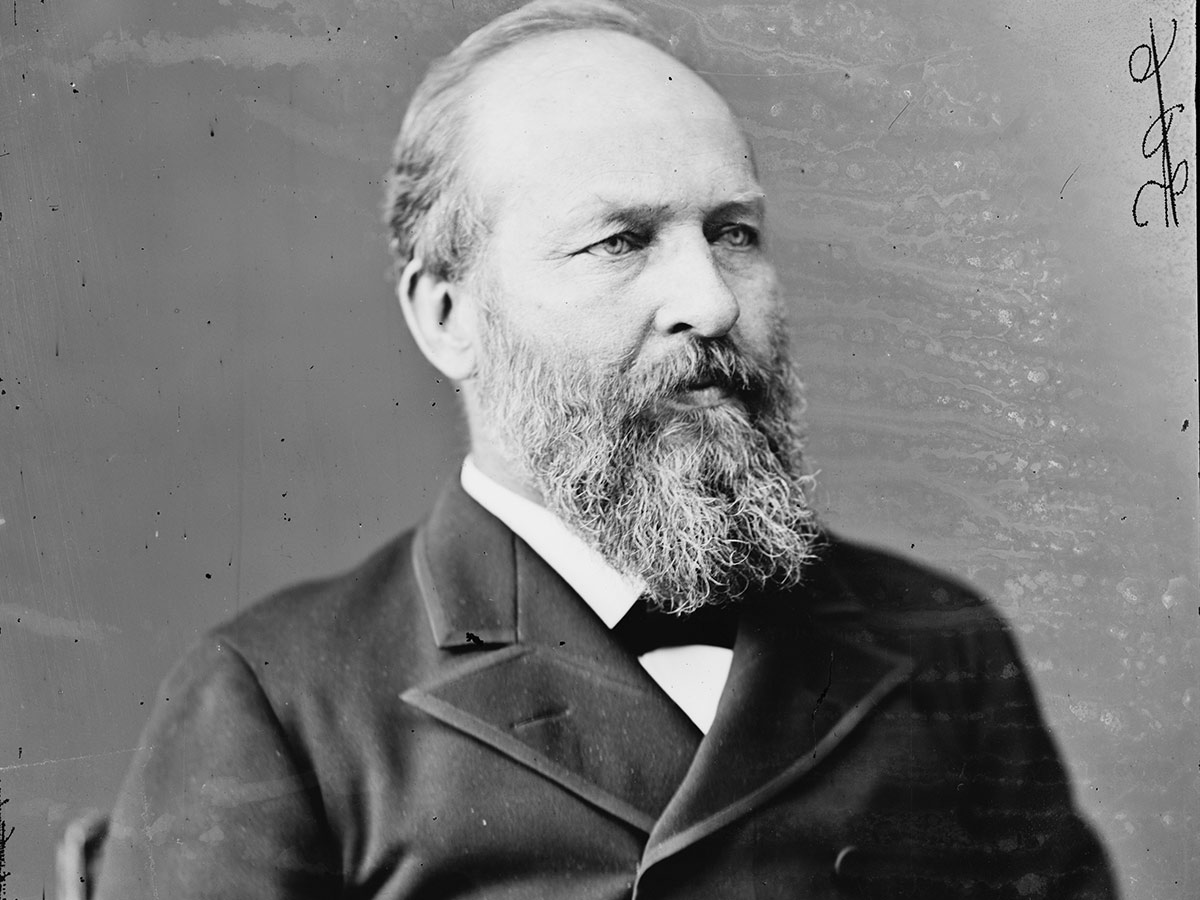
James Garfield, the 20th President, served only a few months before being shot on July 2, 1881, by Charles J. Guiteau. Guiteau, a disgruntled office seeker, was upset after being denied a government job. Believing Garfield’s death would unite the Republican Party’s divided factions, he fired two shots at the president at a Washington, D.C., train station.
Garfield lingered for over two months, suffering from infections due to poor medical care before dying on September 19. His assassination highlighted the need for reform in the spoils system, leading to significant changes in how federal jobs were awarded.
Assassinated: William McKinley (1901)

William McKinley, the 25th President, was re-elected in 1900, but his second term was cut short by an assassin’s bullet. On September 6, 1901, anarchist Leon Czolgosz shot McKinley twice while he was attending the Pan-American Exposition in Buffalo, New York.
Czolgosz opposed government authority and saw McKinley as a symbol of oppression. Initially, McKinley’s wounds didn’t seem fatal, but he later developed gangrene and died on September 14. McKinley’s assassination led to a nationwide crackdown on anarchist movements and elevated his vice president, Theodore Roosevelt, to the presidency.
Assassinated: John F. Kennedy (1963)
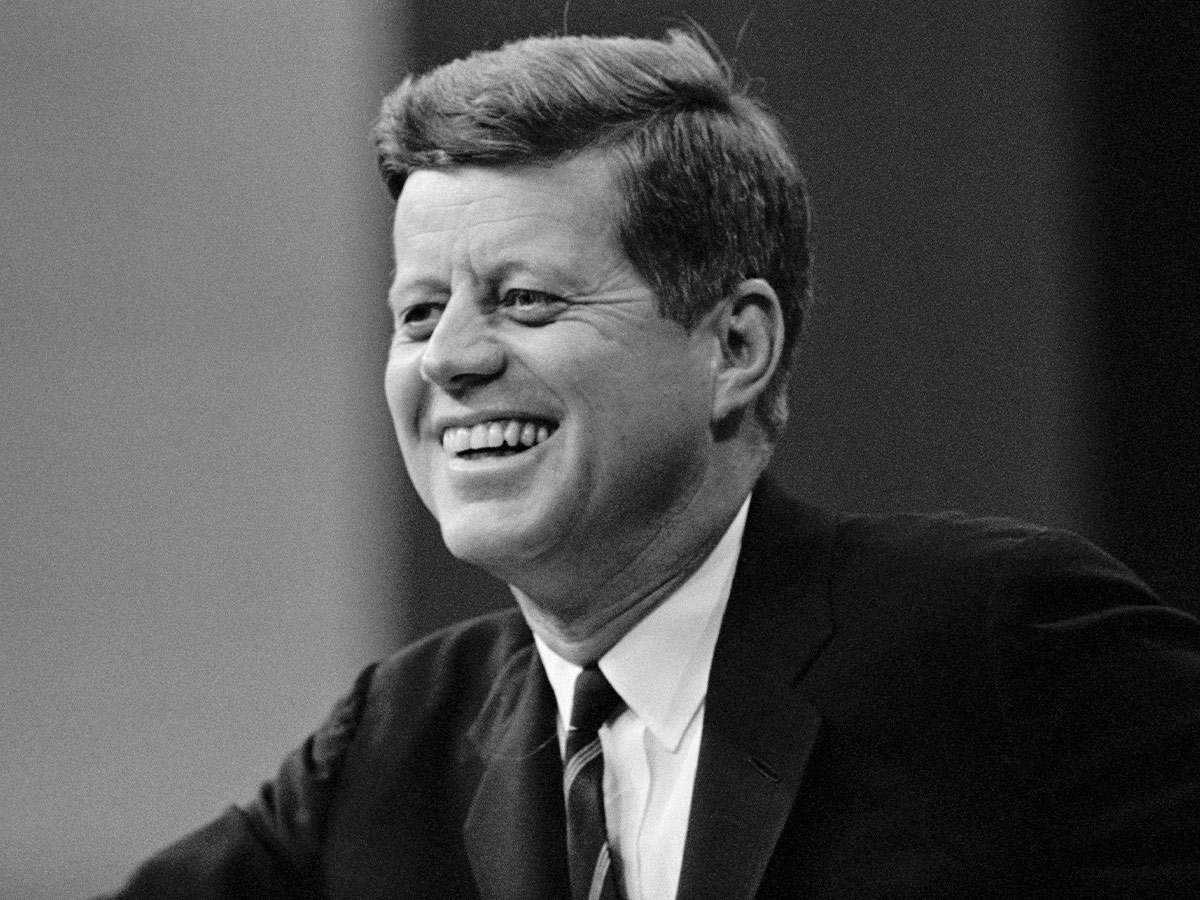
John F. Kennedy, the 35th President, was assassinated on November 22, 1963, in Dallas, Texas. Lee Harvey Oswald, a former Marine with pro-communist sympathies, shot Kennedy while he was riding in an open motorcade.
Oswald’s motivations remain debated, though some suggest his resentment toward U.S. foreign policy and support for the Soviet Union played a role. Kennedy’s assassination shocked the nation and the world, plunging America into a period of mourning. His death marked a turning point in U.S. history, and many conspiracy theories are perpetuated to this day.
Assassinated: Robert F. Kennedy (1968)
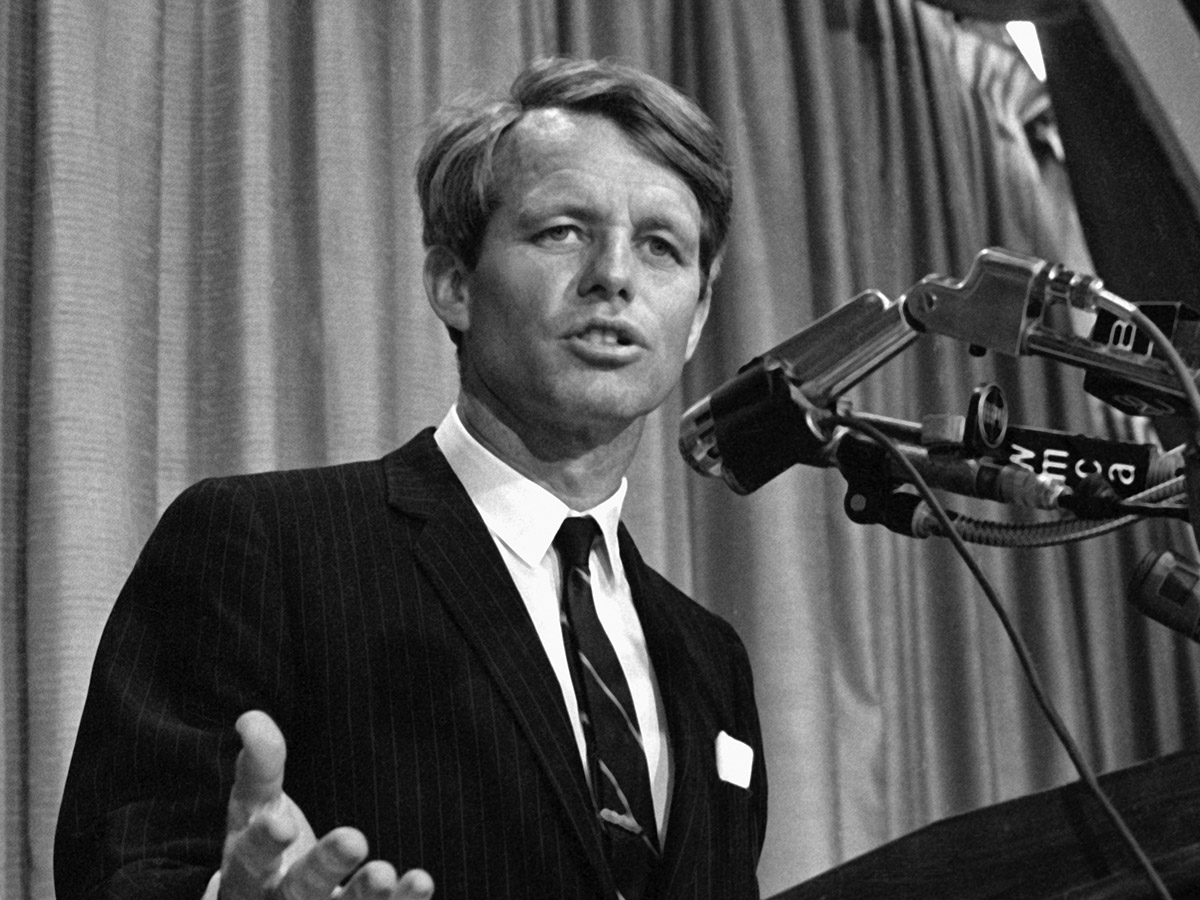
Robert F. Kennedy, brother of John F. Kennedy, was a U.S. senator and Democratic presidential candidate when he was assassinated on June 5, 1968. Palestinian immigrant Sirhan Sirhan shot Kennedy at the Ambassador Hotel in Los Angeles shortly after his victory speech in the California primary.
Sirhan opposed Kennedy’s support for Israel and his Middle East policies. Despite efforts to save him, Kennedy died the next day. His assassination devastated a nation already reeling from his brother’s death and the social unrest of the 1960s. Many believe his death altered the course of the 1968 election.
Close Call: Theodore Roosevelt (1912)

Theodore Roosevelt, the 26th President, survived an assassination attempt on October 14, 1912. While campaigning for a third term as a third-party candidate, Roosevelt was shot by John Schrank, a mentally unstable man who opposed Roosevelt running for office again.
Schrank believed that no president should serve more than two terms. Roosevelt’s eyeglass case and a folded speech in his breast pocket slowed the bullet, preventing it from being fatal. Despite the injury, Roosevelt delivered a 90-minute speech before seeking medical attention. The attempt didn’t deter him, but he ultimately lost the election to Woodrow Wilson.
Close Call: Franklin D. Roosevelt (1933)
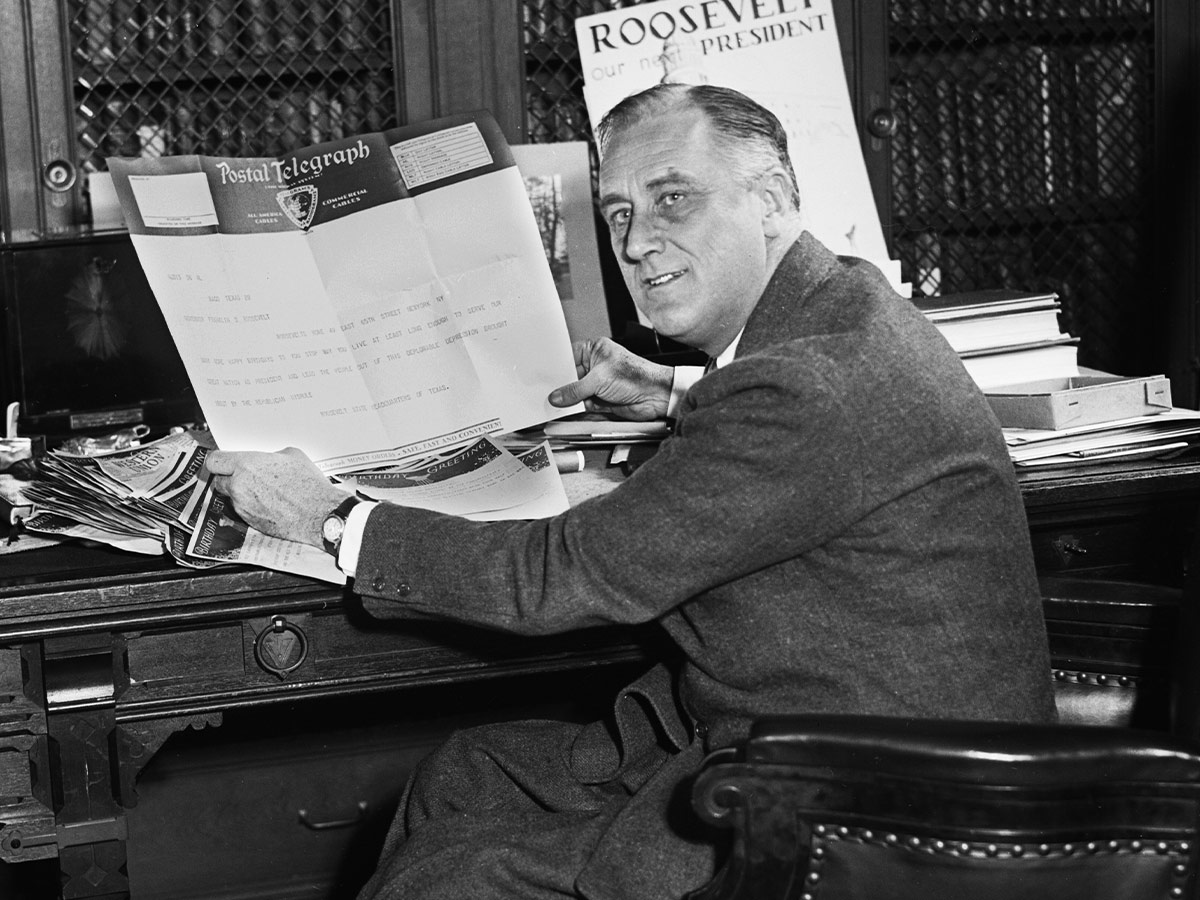
Franklin D. Roosevelt, the 32nd President, narrowly escaped an assassination attempt on February 15, 1933, in Miami, Florida, before taking office. Giuseppe Zangara, an unemployed bricklayer, fired several shots at Roosevelt’s car, missing him but hitting others, including Chicago Mayor Anton Cermak, who later died.
Zangara, motivated by anger over economic hardship, blamed political leaders for his struggles. Despite the close call, Roosevelt was unharmed and went on to lead the nation through the Great Depression and World War II.
Close Call: Gerald Ford (1975)
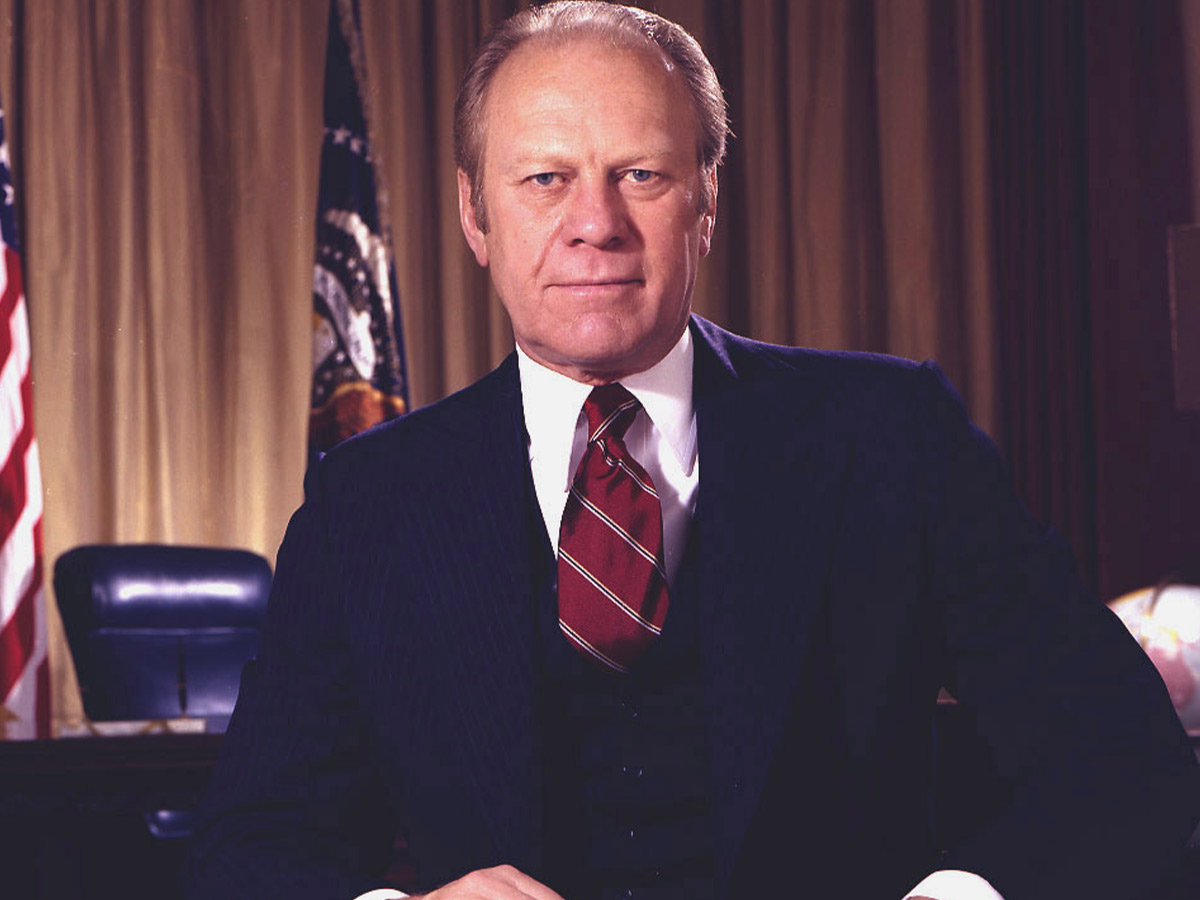
Gerald Ford, the 38th President, faced two assassination attempts in September 1975. The first was by Lynette “Squeaky” Fromme, a follower of Charles Manson, who aimed a gun at Ford in Sacramento but was stopped before firing.
Seventeen days later, Sara Jane Moore, an activist radicalized by social injustice, fired a shot at Ford in San Francisco but missed. Both women were motivated by ideological reasons, though their exact grievances varied. Ford remained calm throughout the incidents, and neither attempt succeeded in causing harm.
Close Call: Abraham Lincoln (1861)

Many people don't know this, but Abraham Lincoln faced an earlier assassination attempt before his actual assassination in 1865. In February 1861, as Lincoln was traveling by train to Washington, D.C., for his inauguration, there was a plot to kill him in Baltimore, Maryland. This plan, known as the "Baltimore Plot," was devised by Southern sympathizers who were upset about Lincoln's election and his anti-slavery stance.
The conspiracy involved assassins planning to attack Lincoln as he passed through Baltimore during a scheduled stop. Allan Pinkerton, a detective and founder of the Pinkerton National Detective Agency, uncovered the plot. Pinkerton urged Lincoln to take precautions, and as a result, the president-elect altered his travel plan and avoided the assassination attempt.
Close Call: George W. Bush (2005)
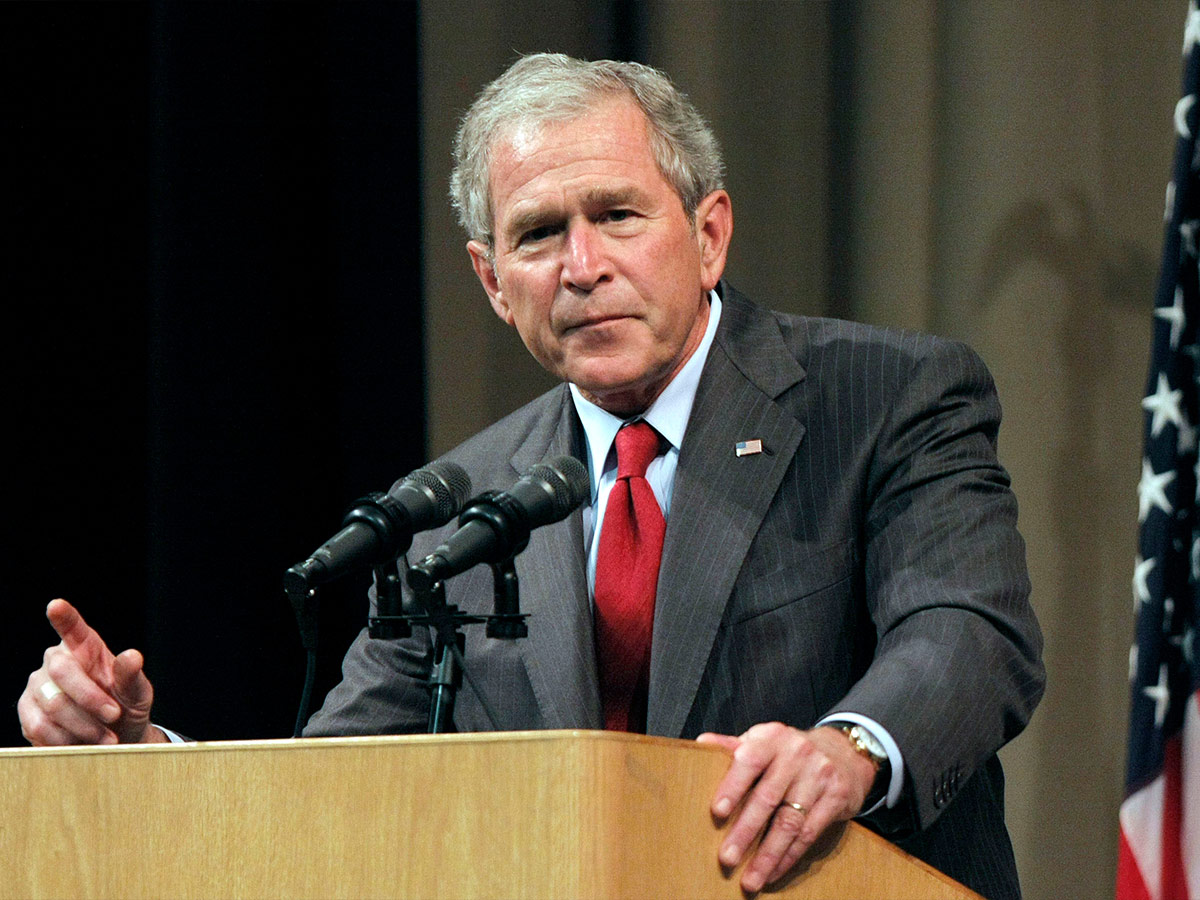
George W. Bush, the 43rd President, was nearly assassinated outside the U.S. during a speech in Tbilisi, Georgia, on May 10, 2005. Vladimir Arutyunian, a Georgian national, threw a live grenade toward Bush, but it failed to detonate properly due to a faulty pin.
Arutyunian, who opposed U.S. policies and Bush’s presence in Georgia, was later arrested and sentenced to life in prison. Bush remained unharmed and continued his speech without disruption. This event highlighted the risks faced by U.S. presidents abroad, even in seemingly secure environments.
Close Call: Harry S. Truman (1950)

Harry S. Truman, the 33rd President, survived an assassination attempt on November 1, 1950, while living at Blair House in Washington, D.C. Two Puerto Rican nationalists, Oscar Collazo and Griselio Torresola, sought to kill Truman to draw attention to their cause for Puerto Rican independence.
The men engaged in a gunfight with Secret Service agents, and Torresola was killed in the attempt. Truman, who was napping inside, was unharmed. The incident raised awareness of the political unrest in Puerto Rico and the dangers posed by domestic terrorism.
Close Call: Ronald Reagan (1981)
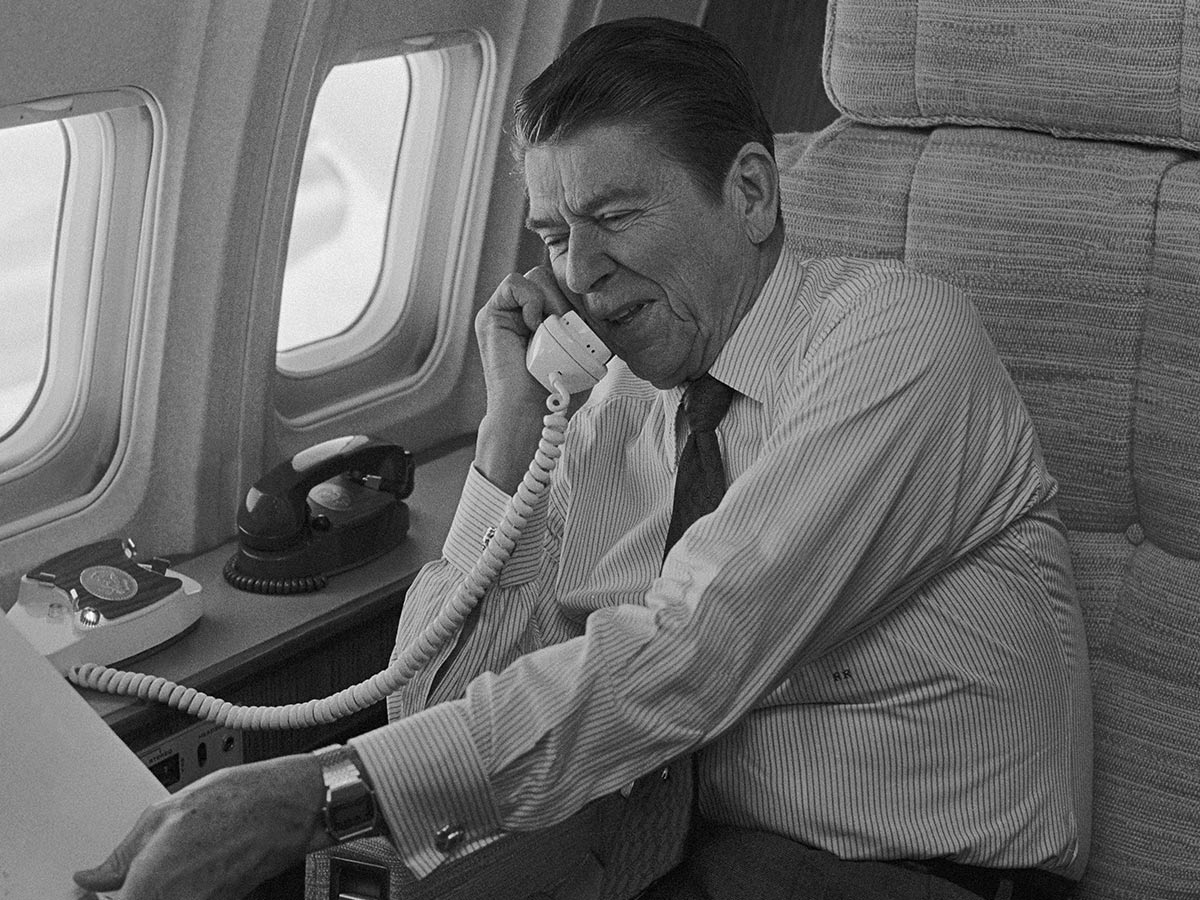
Ronald Reagan, the 40th President, survived an assassination attempt on March 30, 1981. John Hinckley Jr., motivated by a delusional obsession with actress Jodie Foster, shot Reagan outside a Washington, D.C., hotel. Hinckley fired six shots, one of which ricocheted and struck Reagan in the chest.
The president was rushed to the hospital and underwent surgery but made a full recovery. The event spurred changes in Secret Service protocols and highlighted the mental health issues of would-be assassins. Reagan’s quick recovery and positive attitude afterward boosted his popularity.
Close Call: Donald Trump (2024)
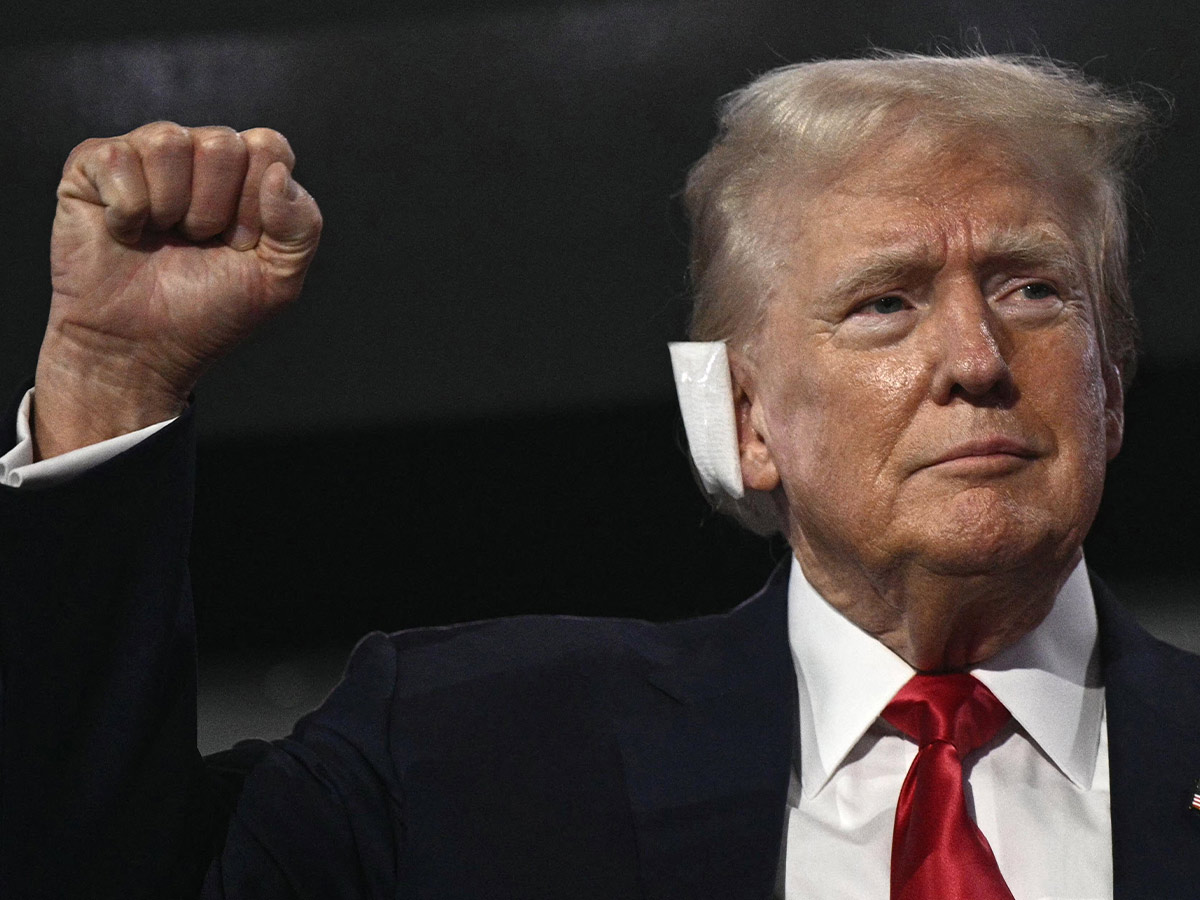
Donald Trump has endured many attempts on his life since running for election in 2016, including ricin-laced letters and people searching guns from police officers. The real chaos began in 2024, however, with much more serious attempts. On July 13, Thomas Matthew Crooks fired shots into a rally near Butler, Pennsylvania, injuring Trump's ear and killing two attendees.
A few months later, on September 15, Ryan Wesley Routh was spotted hiding with a rifle at the Trump International Golf Club in Florida. He ultimately fled when the Secret Service officers shot at him, and he was caught while on the run. The FB confirmed that the Routh intended to assassinate Trump.
 Author
Darby Tanner
Last Updated: December 18, 2024
Author
Darby Tanner
Last Updated: December 18, 2024